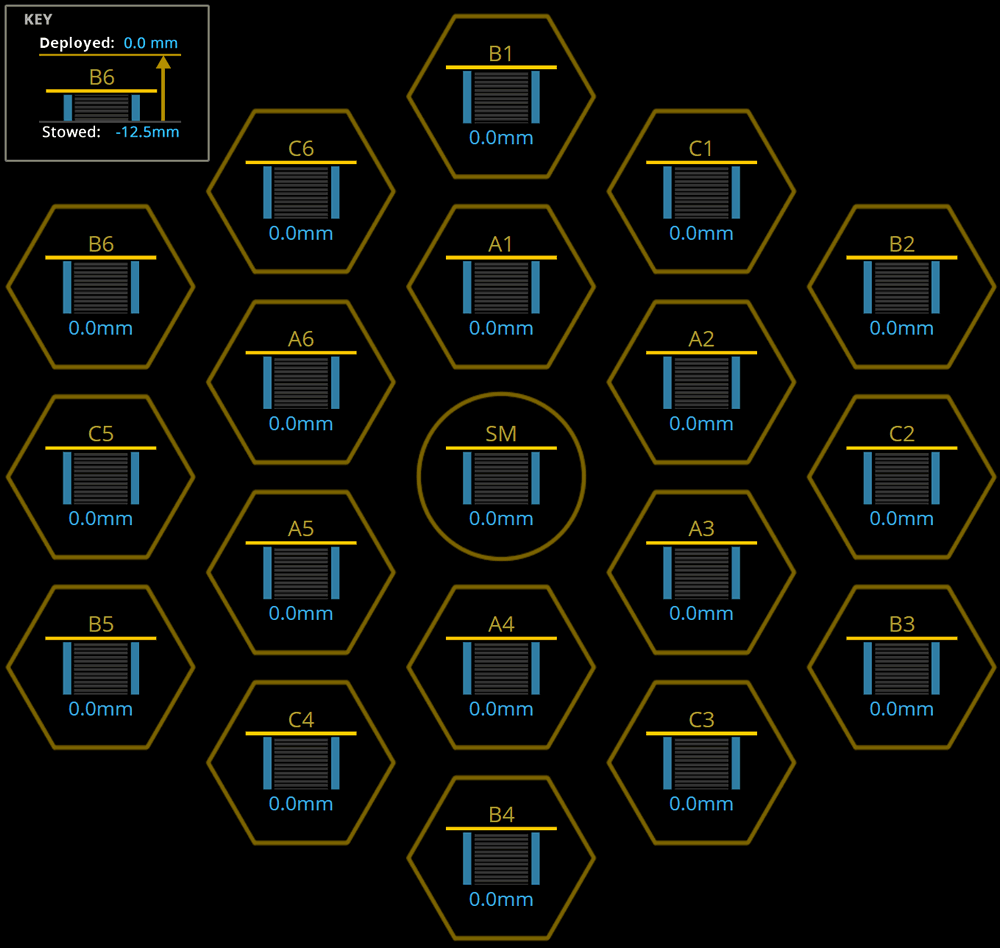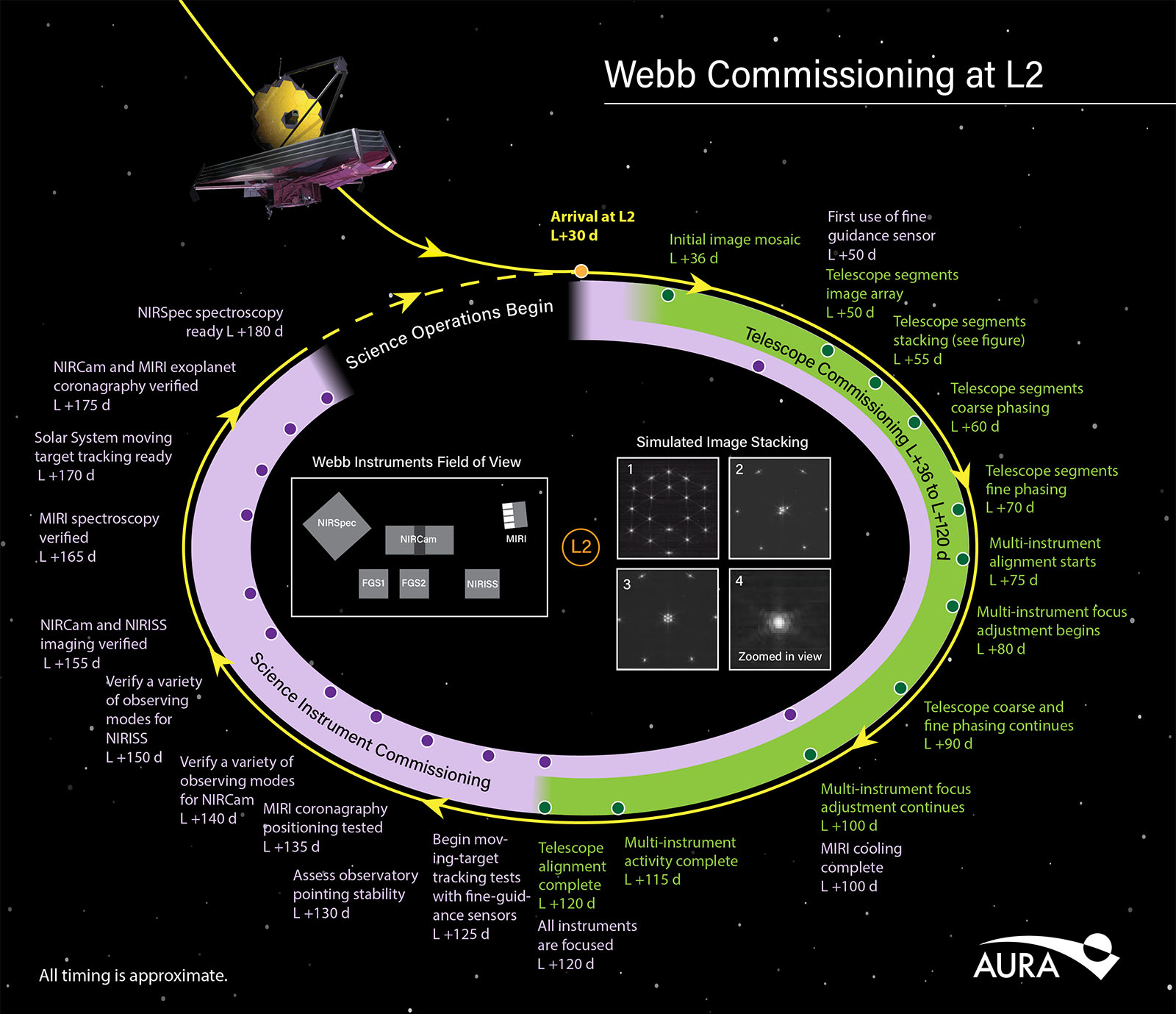Day 25: Slow and Steady Wins in Space

What do the Webb Space Telescope mirror segments and a tortoise have in common? They both take it slow and steady. In the case of Webb, slow and steady times eighteen.
The good news is, like the tortoise that won its race with the hare, Webb’s 18 hexagonal mirror segments have reached their final destinations ahead of schedule and are ready for focusing! As the graphic above shows, Webb’s all important secondary mirror also moved into position (designated as SM). Bravo to the Webb team who worked with incredible efficiency around the clock to make it happen!
Since January 13, Webb’s mirror segments, which adjust independently in very small increments, have been on the move. They needed to move 12.5 mm, or about half an inch, to free them from the pegs that held them during launch.
And, to keep the telescope cool and not put any stress on the mirrors, engineers could only move one mirror at a time for a very short distance.
Marshall Perrin, deputy telescope scientist at Space Telescope Science Institute explains in the NASA blog, “At full speed, it takes about a day to move each segment by just 1 millimeter. It’s about the same speed at which grass grows!”
As the segments moved (progress was tracked on the Where’s Webb website), some people noticed two of the segments weren’t moving. Mark McCaughrean, JWST Science Working Group Interdisciplinary Scientist, commented on twitter, “You might spot that two of the segments, A3 & A6, are lagging. This isn’t a problem – their position sensors are read-out in a different way to the others, so they’ll be moved to the neutral 0mm position at the end.”
Matt Mountain, AURA President and Webb’s Telescope Scientist, explained why the mirrors didn’t need to move faster, “The mirrors only have to move this far once, after launch, from their stowed position. From now on, they will move only in very small increments as we focus the mirror. We used this window of time, before the telescope arrives at L2, to free the mirrors slowly and carefully.”
After Webb arrives at L2 later this week, a multi-track activity period begins. The mirror commissioning will ensue with fine and course focusing for each of Webb’s four instruments. At the same time, each of the instruments will also undergo commissioning, with their teams powering them up and testing them out.
This illustration details some of the major commissioning milestones coming up. We’ll keep watching and let you know as Webb passes them and continues towards science operations.

